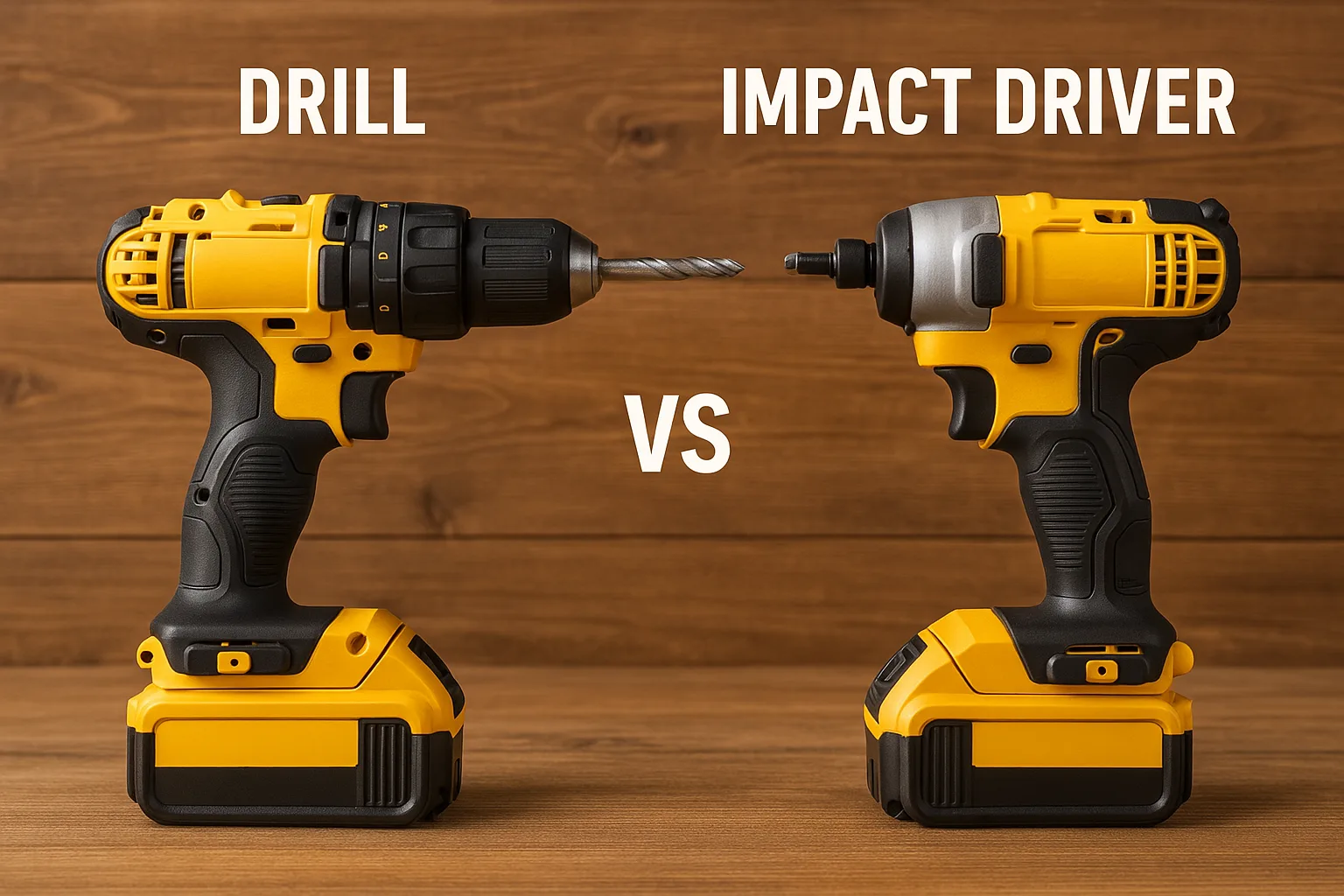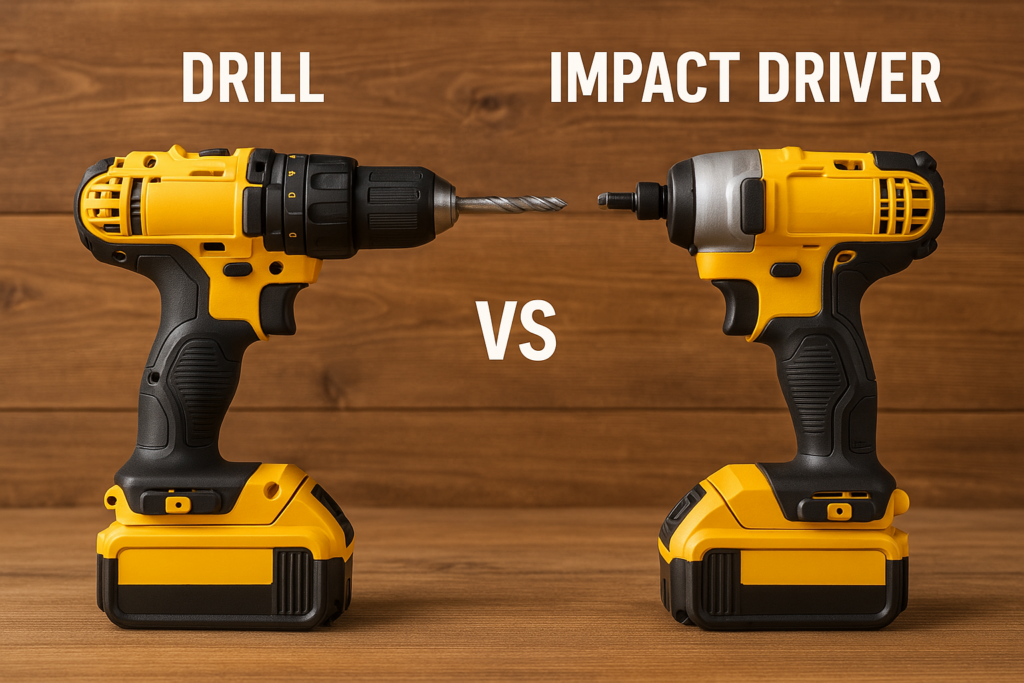New! DIY Project Planner. Plan smarter, skip the spreadsheets. Start Your Free Trial Today →


If you’ve ever stood in the power tool aisle wondering whether to grab a cordless drill or an impact driver, you’re not alone. These two tools look similar and often get lumped together, but they’re built for different jobs.
Let’s break it down.
A cordless drill is the go-to for most home projects. It’s versatile, beginner-friendly, and perfect for tasks like:
Pros:
Best for: Hanging shelves, assembling furniture, or pre-drilling holes for screws.
An impact driver is like a cordless drill’s tougher cousin. It’s built to handle stubborn screws and dense materials — and it does it with a rapid hammering motion that delivers extra force.
Pros:
Best for: Driving long screws into wood, installing lag bolts, or working on decking and framing.
For most weekend DIYers, a cordless drill is plenty. But if you’re tackling bigger builds — or driving dozens of screws a day — adding an impact driver is a game-changer.
💡 Pro tip: Many manufacturers sell combo kits that include both, like this one we recommend:
👉 DEWALT 20V Max Cordless Drill & Impact Driver Combo Kit
Looking for your next weekend win? This list of Projects for a Drill or Impact Driver is full of simple ideas that pay off.
Use a drill for control. Use an impact driver for power.
And if you’re serious about your home projects? Keep both in your toolkit.
Before tackling your next project, make sure you’ve read this guide on common DIY mistakes.
One tool, a bunch of weekend wins — here’s what you can actually build with just a drill.
Explore our DIY guides to put your new tools to work — step-by-step tutorials for every skill level.